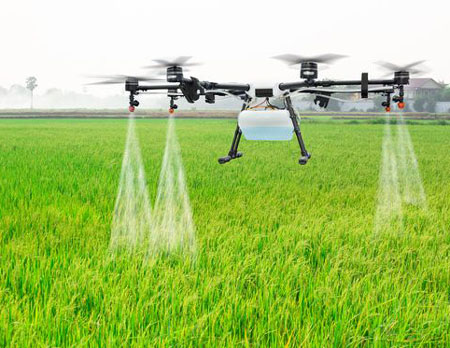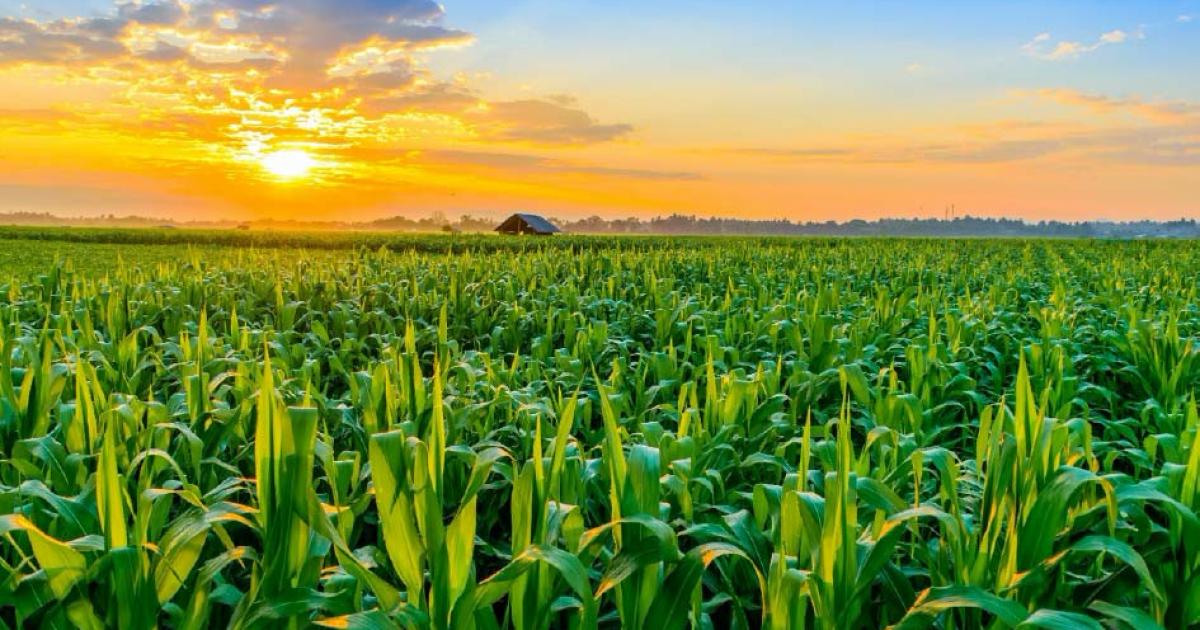Crops
Brinjal

Brinjal
Brinjal, also known as eggplant (Solanum melongena), is believed to have originated in India and Southeast Asia over 4,000 years ago. It has since become a staple vegetable in many global cuisines, with various varieties and shapes.
Global Area and Production
Eggplant is grown on approximately 1.8 million hectares worldwide. India is one of the leading producers, contributing about 25-30% of the global eggplant production. Other major producers include China, Egypt, and Turkey.
Uses of Brinjal
- Culinary: Brinjal is used in a wide variety of dishes, from curries and stir-fries to grilled and roasted preparations. It is prized for its versatility and ability to absorb flavors.
- Nutritional Value: Brinjal is low in calories and high in fiber, antioxidants, and essential vitamins such as B1 and B6.
- Medicinal Uses: In traditional medicine, eggplant has been used for treating various ailments, including high cholesterol and digestive issues.
Brinjal Cultivation in India
Major Producing States
The primary brinjal-producing states in India are West Bengal, Odisha, Gujarat, Bihar, and Maharashtra. These states account for the majority of the crop’s production.
Climate Requirements
- Temperature: Brinjal thrives in warm climates, with an optimal temperature range of 22-32°C. It is sensitive to frost and performs best with consistent warmth throughout its growing period.
- Rainfall: Eggplant requires moderate rainfall (600-1,200 mm), but excessive moisture can cause root diseases. Well-drained soil is essential to prevent waterlogging.
Soil Requirements
Brinjal prefers well-drained loamy or sandy loam soils with high organic matter content. The ideal pH range for brinjal cultivation is 5.5 to 6.5. The crop benefits from soil rich in nutrients and with good aeration.
Blog
Explore Our Blog
About Us
Welcome to Agriplaza
Welcome to Agriplaza. India's first and only comprehensive digital platform dedicated to agriculture and farmers. Explore widest range of related data our figures speaks a lot.
722145
Visitors
239
Diseases
131
Pests




